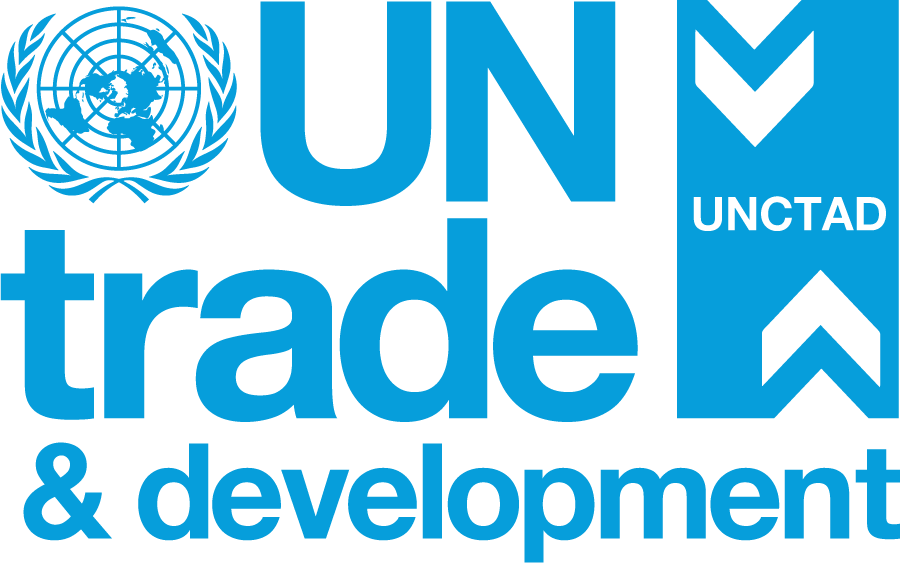
Over 70% of Africa’s medicines are imported. Half of African countries have no pharmaceutical production.
And just eight countries – half in North Africa – account for 85% of the continent’s 690 pharmaceutical manufacturing facilities.
This report explores how special economic zones (SEZs) can help boost production in Africa and expand access to affordable medicines. With targeted incentives, infrastructure and policy support, SEZs can attract critical investment into the continent’s pharmaceutical industry.
Local production is viable – if it can scale
Pharmaceutical demand is rising rapidly across Africa, driven by population growth and evolving health needs. Some countries, such as Kenya and Ethiopia, are already attracting investment.
Yet Africa captures only about 5% of global greenfield FDI in pharmaceutical manufacturing.
The potential is clear. A study found that tablets, capsules and creams produced in Ethiopia and Nigeria could be 15% cheaper than the same products imported from India.
But scale remains a major challenge. Most pharma facilities operate at just 30% to 60% capacity, compared to over 70% in more advanced economies. UN Trade and Development (UNCTAD) has also published a report on building the case for investment in local pharmaceutical production in Africa.
SEZs can tip the balance
By clustering investment, infrastructure and services in one location, SEZs can help pharmaceutical manufacturers scale up, cut costs and improve quality. They also offer access to wider regional markets, supported by initiatives like the African Continental Free Trade Area (AfCFTA) and the African Medicines Regulatory Harmonization.
Alongside investment incentives, SEZs often provide fast-tracked permits and reliable utilities, making it easier for pharmaceutical companies to set up and expand. They also support long-term growth by promoting skills development, technology transfer and partnerships with universities.
A next-generation SEZ model
To unlock the full potential of SEZs, the report proposes a next-generation model focused on dual markets, high-quality standards and sustainability.
Key recommendations include the following:
- Align SEZ design with national health needs, ensuring local populations benefit from improved access to medicines.
- Streamline regulation through one-stop shops and harmonized standards to reduce red tape.
- Build regional value chains, with countries specializing in different stages – from importing APIs to packaging and distribution.
- Design future-proof SEZ model, shaped by sustainability and digitalization
- Invest in skills and innovation through university partnerships.
When aligned with public health priorities, SEZs can help Africa produce more essential medicines locally and strengthen health systems — all while creating jobs and supporting inclusive growth.


